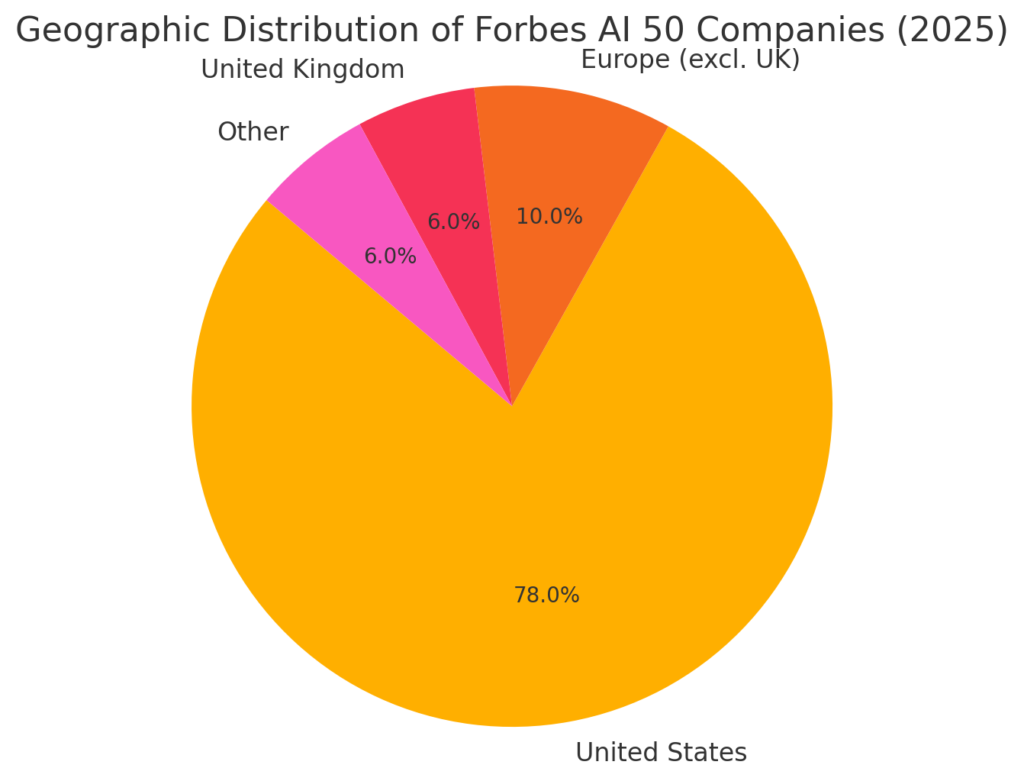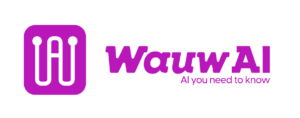
The Forbes AI 50 list once again showcases the world’s most promising privately held AI companies. We talked about this in 2024, but this year, it’s not just about big valuations and model builders. A growing number of startups are emerging with highly specific, impactful applications of AI as the industry shifts from foundational breakthroughs to deep integration into everyday work.
Newcomers Reshaping the AI Landscape
While legacy giants like OpenAI, Anthropic, and Databricks continue to dominate, with valuations of $86B, $18.4B, and $43B respectively, this year’s real story is the rise of new entrants applying AI in targeted, high-value areas.
Noteworthy Newcomers:
- Anysphere (Cursor): A coding assistant making waves with over $100M in annualized revenue.
- OpenEvidence: A ChatGPT-style tool designed specifically for doctors, reflecting AI’s medical pivot.
- Speak: An AI language tutor app with 10M users across English and Spanish.
- Figure AI: A robotics pioneer working on humanoid robots, raising $754M.
- Pika and Captions: Simplifying video generation and editing using AI.
These additions signal a broader trend: AI is no longer just a backend; it’s increasingly powering front-end user experiences and reshaping traditional industries.
Europe and the UK: Gaining Ground but Still Behind
Despite AI’s global appeal, the U.S. continues to dominate the Forbes AI 50 list in 2025, with 39 of the 50 companies based in the U.S.
European Presence
- Total European companies (including UK): 8
- UK-based startups: 3
- ElevenLabs (voice generation)
- Luminance (legal contract automation)
- Synthesia (AI-generated avatars and video)
Notable European players include:
- DeepL (Germany): AI-powered language translation.
- Photoroom (France): AI-enhanced photo editing.
- Mistral AI (France): Leading the charge in open-source model development.
Although Europe is producing some high-impact companies, the funding gap remains wide. U.S. startups on the list have attracted massive capital—OpenAI alone raised $10b from Microsoft—while European ventures generally operate on more modest funding despite strong technical talent and growing adoption.
New Trends from the 2025 List
1. AI-Powered Applications Are the New Frontier
Startups like Abridge (automated doctor’s notes), Perplexity AI (rethinking search), and Writer (enterprise AI for content) are pushing AI into everyday business operations.
2. Infrastructure Players Are Booming
Companies like Crusoe, Lambda, and Together AI are riding the wave of demand for compute power — AI’s energy-hungry models need vast processing infrastructure, creating a lucrative secondary market.
3. Legal and Ethical Storm Clouds Gather
Several companies are facing copyright lawsuits for scraping the internet to train models. From OpenAI to Suno, this brewing legal landscape may define the next phase of AI regulation and business models.
The Bigger Picture
With a record-breaking 1,900 submissions this year, competition for the AI 50 was fiercer than ever. However, challenges remain: diversity continues to lag — only 12 listed companies have female cofounders, and just five have female CEOs.
Yet the takeaway is clear: AI is no longer speculative. It’s here, embedded in software, infrastructure, healthcare, law, and robotics — and it’s global.
The U.S. leads the charge, but Europe and the UK are rising players with serious technical chops and growing venture interest. As AI matures, the global innovation map may begin to rebalance — and next year’s list could tell a very different story.

